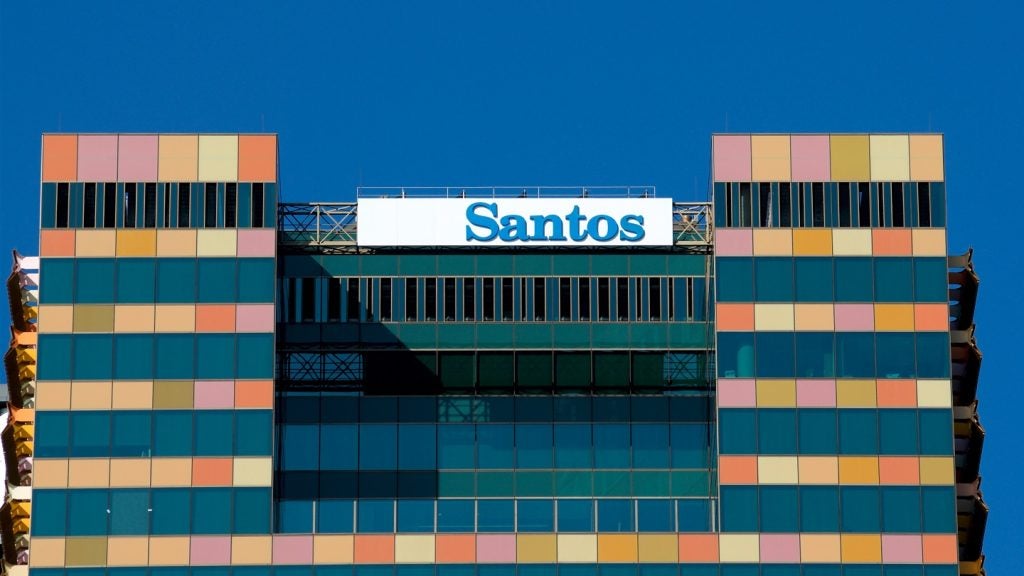Valves and actuators help in controlling the flow of recovered oil and gas, condensate, and water on offshore infrastructure to enable safe operations. Oil and gas ball valves and actuators should be corrosion-resistant and made of robust materials.
Finding suppliers of oil and gas valves and actuators
Offshore Technology has listed leading providers of valves and actuators, including oil and gas ball valves, block and bleed plug valves, vacuum and air release valves, and forged steel ball valve systems, based on its intel, insights, and decades-long experience in the sector.
The list includes providers of marine breakaway coupling systems, valve control systems, quick connect couplings, automated control ball valves, and butterfly valves and actuators.
The information contained within the download document is designed for valve technicians, instrument and mechanical technicians, pipeline engineers and technicians, field service technicians, pressure drilling technicians, and pump valve system service engineers.
The download contains detailed information on the suppliers and their product lines, alongside contact details to aid your purchasing decisions.
See Also:
Types of oil and gas valves and actuators
The offshore sector utilises various types of valves to start/stop the flow of oil, gas and other liquids and fluids as well as control their flow. The most common types of valves are:
- Control valves
- Pinch valves
- On-off valves
- Check valves
- Gate valves
- Emergency shutdown valves
- Oil and gas ball valves, including forged steel ball valve
- Butterfly valves
- Globe valves
- Chemical valves, and
- Seawater valves
Titanium, nickel aluminium bronze alloy, and duplex stainless steel are the major materials used in the manufacture of valves.
Actuators are mechanical devices used for operating the valves and are of three basic types – hydraulic, pneumatic and electrical, based on the energy used for operation. Actuators are mainly used are drilling, extraction, transportation, processing and storage. The actuators should be able to withstand adverse marine environments and explosions.
Marine breakaway coupling systems
Marine breakaway coupling systems are part of hose transfer systems that are used for offloading oil onto offshore tankers and loading terminals. They are designed to prevent environmental pollution and the risk of costly oil clean-ups resulting from oil spills in case of a tanker breakout or a sudden increase in pipeline pressure.
Petal valve marine breakaway coupling, safety breakaway coupling, emergency release coupling, dry-disconnect coupling and flip-flap marine breakaway coupling are some of the common marine breakaway coupling systems.





